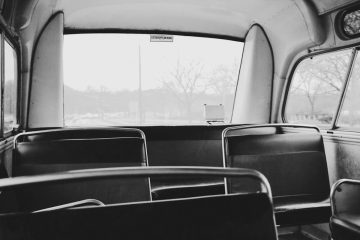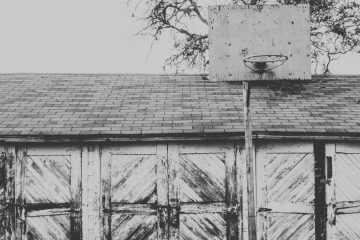What Happened On May 24th?
On May 24, 1883, the Brooklyn Bridge officially opened to the public after nearly 14 years of construction. President Chester A. Arthur and New York Governor Grover Cleveland attended, alongside 150,000 people.
The festivities included a procession of horse-drawn carriages, a military parade, and a spectacular fireworks display that lit up the New York skyline.
In a bid to prove the bridge’s stability to skeptical New Yorkers, showman P.T. Barnum led a parade of 21 elephants across the bridge in 1884. This quelled fears about the bridge’s safety.
People walked, rode, and even cycled across the bridge, marveling at the panoramic views of the East River and the cityscape. The sense of pride and accomplishment was palpable, as the bridge was hailed as the eighth wonder of the world.
The Scale & Structure
Spanning 1,595.5 feet, the bridge was the longest suspension bridge in the world at the time of its completion. Its towers, made of limestone, granite, and Rosendale cement, soared 276.5 feet above the water, resembling gothic cathedrals that anchored the bridge to the earth and sky. The bridge’s deck was 85 feet wide, providing ample space for horse-drawn carriages, pedestrians, and later, motor vehicles.

What truly set the Brooklyn Bridge apart was its innovative use of steel wire, a relatively new material at the time. This use of steel, which added strength and flexibility, allowed the bridge to withstand the weight and stress of heavy traffic and strong winds. The cables, composed of thousands of individual wires, were a feat of engineering ingenuity, ensuring the bridge’s durability and resilience.
The Tragedy Of the Chief Engineer
The bridge’s chief engineer, John Augustus Roebling, never saw his masterpiece completed. He sustained a fatal injury in 1869 while surveying the site. His son, Washington Roebling, took over but soon suffered from decompression sickness (the bends) due to working in the pressurized caissons. Confined to his home, Washington directed much of the bridge’s construction through his wife, Emily Warren Roebling, who became a hero of the project.
Emily Warren Roebling was not just a messenger; she studied higher mathematics, the calculations of catenary curves, the strengths of materials, bridge specifications, and the intricacies of cable construction. She became the first person to cross the bridge after its completion, riding in a carriage with a rooster as a symbol of victory.
Wine Storage
Beneath the bridge’s Manhattan anchorage are vaults that were initially rented out as wine cellars. These underground spaces, with their constant cool temperature, were perfect for wine storage, and merchants paid a premium for the privilege of using this unique facility.
Dealing With Adversity
The Brooklyn Bridge has faced numerous challenges, including the Great Blizzard of 1888 and the 9/11 attacks. Each time, it stood resilient, a symbol of New York’s indomitable spirit. During the terrorist attacks, the bridge became an evacuation route for thousands of people fleeing lower Manhattan.
The construction of the Brooklyn Bridge was fraught with challenges that tested the limits of 19th-century engineering. One of the most difficult hurdles was the building of the underwater caissons, which served as the foundation for the bridge’s towers. Workers, known as “sandhogs,” toiled in these pressurized, underwater chambers, excavating the riverbed to create stable bases.
These caissons were colossal, airtight chambers made of timber, where laborers worked in hellish conditions. Many suffered from decompression sickness, and some even lost their lives. Despite these hardships, the work continued, driven by the vision and determination of the Roeblings and their team .
Another notable challenge was the suspension system. The bridge required four main cables, each consisting of 5,434 individual wires, to support the roadway. These cables were spun on-site using a process called “air spinning,” where wires were carried back and forth across the river until the cables reached the desired thickness and strength.
Controversial Design Decisions
During its construction, several design decisions sparked controversy. For instance, John A. Roebling’s initial design was altered after his death, with his son Washington incorporating his own innovations, including the use of pneumatic caissons for the foundation .

Bridge Lighting
In 1884, just a year after its opening, the Brooklyn Bridge became one of the first bridges to be illuminated by electricity. Thanks to Thomas Edison’s development of electrical lights in 1882, installing arc lamps on the bridge was made possible. This advancement made it safer to cross at night and of course added to the architectural beauty.
One unique feature of the Brooklyn Bridge is its elevated pedestrian walkway, which provides stunning views of the Manhattan skyline, the Statue of Liberty, and the East River.





